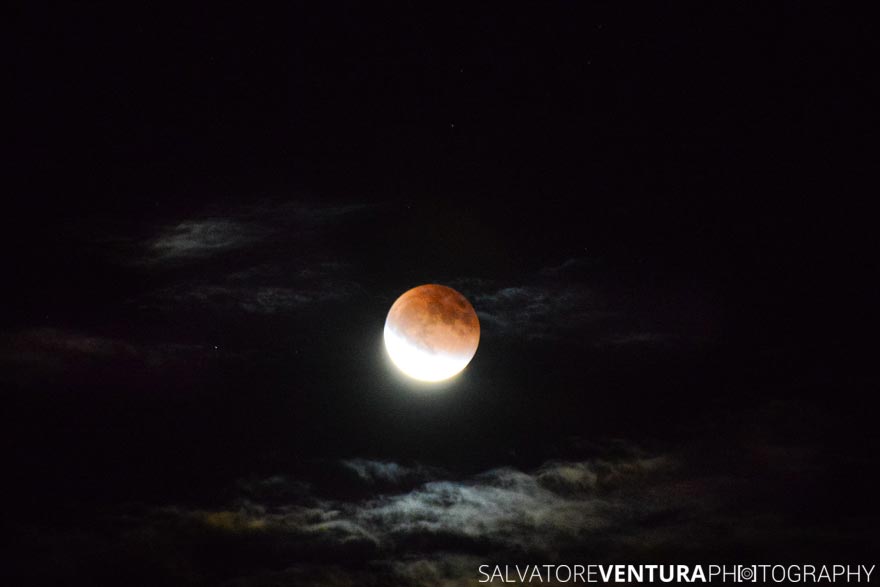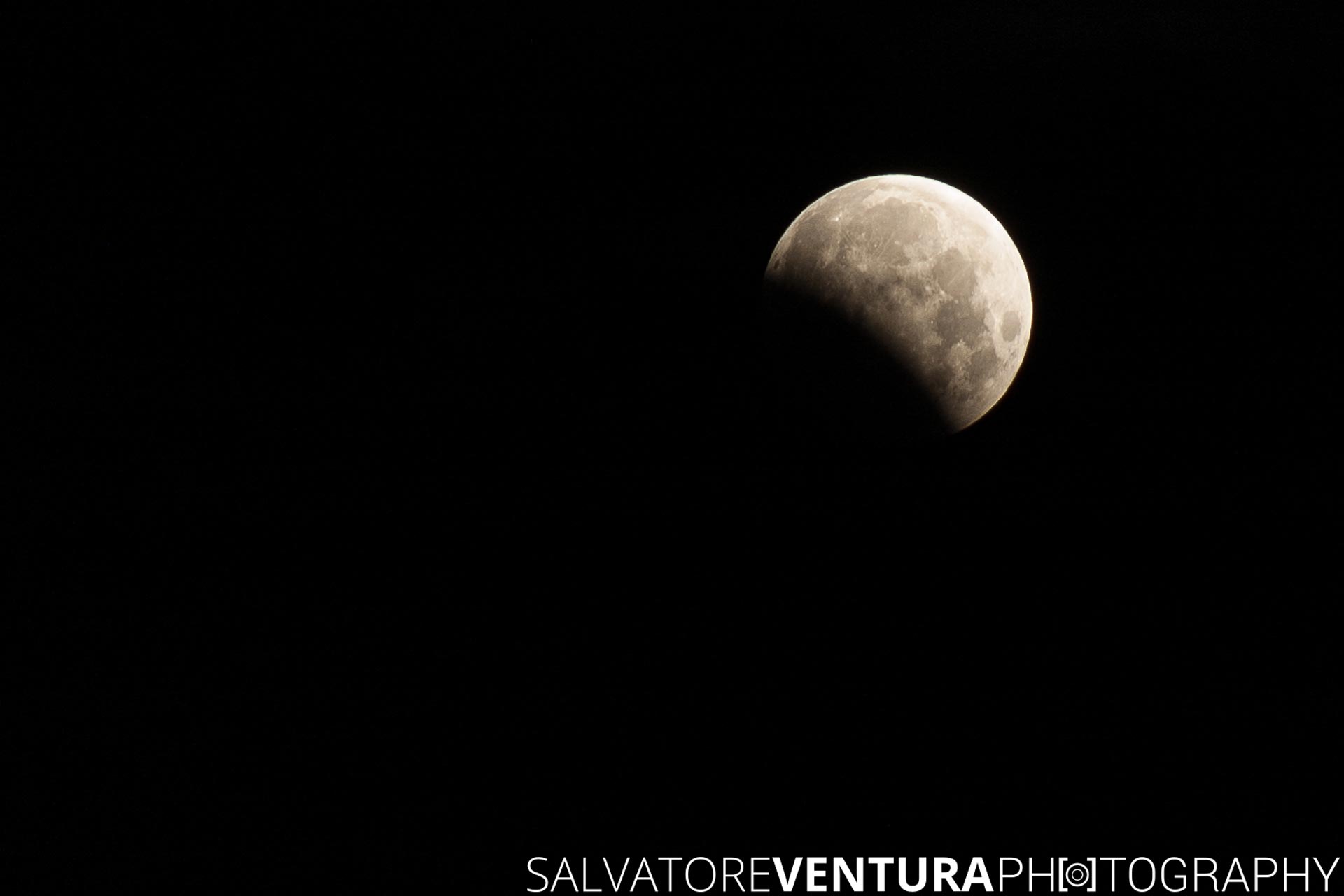On January 31st, the Moon will be interested by a total lunar eclipse. The exact time, according to TimeAndDate.com, will be January 31, 2018 at 2:51:13 am, in San Jose (California). The weather forecast is favorable, so if you are into astro-photography or just want an excuse to take your camera gear and spend the night outdoors gazing at the sky, well there you go.
Planning
Check weather forecast few days away from the eclipse, so more accurate results. Things to look out for are obviously clouds, and rain. You will also have to determine the location where you will be taking the pictures from. You can use planning tools like MoonCalc.org to adjust the prediction, and verify that you have a clear line of view towards the Moon. There are also several powerful mobile apps.
While the penumbral eclipse begins at 2:51 am, the total moon eclipse begins two full hours later, at 4:51 am. Punch in your location in this calculator, and have the right times and directions planned out for you.

Red Moon during a partial eclipse
Equipment
Depending on the composition that you are looking for, anything from 70mm to over 300mm will do. The key will be actually ISO speed, low noise, lens aperture. There is obviously a trade off: the longer the lens, the shorter the shutter, because of the movement of the Moon. For example, at 200mm you may not exceed 1 or 2 seconds, to avoid motion blur. Wider lens is more forgiving, but then location and composition become very important, or your moon will look like just a bright spot on a dark background. If you have a tracking mount, then you probably don’t need additional advise. And that is probably the only way to get those perfectly sharp images of a Red Moon.
Stabilize your camera; use a tripod; shutter remote; try multiple exposures; test various ISO settings in your camera; always shoot in RAW, as this will give you the most leeway in recovering details later in post production. Bring a headlamp, although use it sparingly if you are around others. Also warm clothes, a sitting chair and possibly a hot beverage.
Potentially, you could also bring out your telescope, which is what I did long time ago. Results were not exceptional, but I wasn’t too well prepared. If you don’t own a telescope yet, you might find this this Celestron Cometron FirstScope interesting, especially given it’s low price ($40!) and portability. If you do have a telescope, then you can get excellent results with your phone, by using this Gosky Universal Cell Phone Adapter
, that will help attach solidly the phone to the telescope eyepiece.
Conclusion
Photographing the sky at night is a challenging endeavor. Regardless of the results, consider it as a learning experience and apply what you learn to your next eclipse. That’s where I personally am, especially when it comes to the night sky.
In closure, I want to point you to the excellent post by on The Amazing Sky, where he goes in great detail on how to photograph the lunar eclipse.





